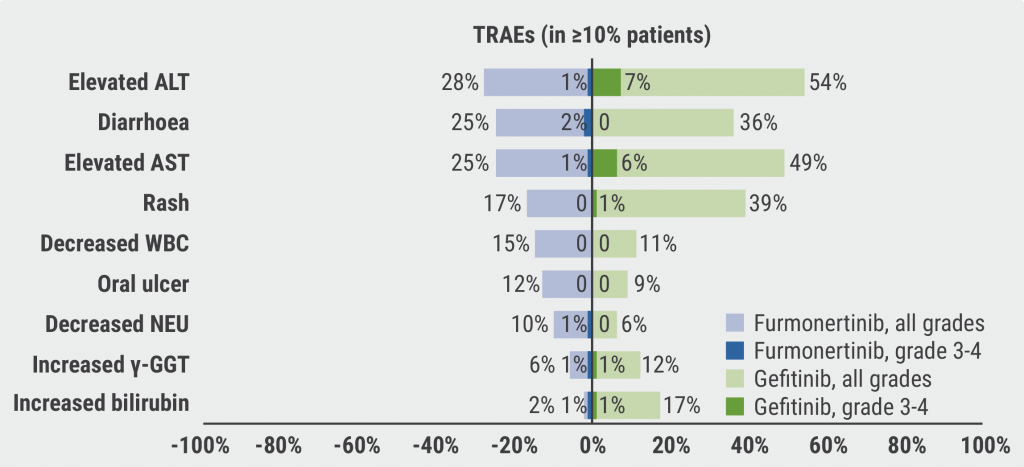"We identified three (tumor) subtypes based on copy number alterations that we named forte, mezzo-forte and piano, borrowing the terminology from music dynamics to indicate decreasing 'noise' in the genomic landscape," Dr. Maria Teresa Landi of the US National Cancer Institute in Bethesda told Reuters Health by email.
"The large majority of tumors had signatures of endogenous damage," she said. "The three subtypes differed substantially across many genomic and evolutionary features. Some tumors grew very slowly (piano) and others tended to have a later onset but rapid growth (forte)."
"The former may provide an optimal time window for early detection," she explained. "For the latter, since they are characterized by small numbers of clones, a single biopsy may be able to capture the entire landscape of tumor drivers and possibly provide suggestions for targeted treatment."
"We hypothesize that some of the piano tumors may be driven by progenitor (stem) cells," she added.
As reported in Nature Genetics, and noted by Dr. Landi, high-coverage whole-genome sequencing of 232 lung cancer patients who never smoked (LCINs; mean age, 64.8 at diagnosis; 75.4% female) showed three subtypes.
The dominant subtype (piano) is rare in lung cancer in smokers; it features somatic UBA1 gene mutations, germline AR variants and stem cell-like properties, including low mutational burden, high intratumor heterogeneity, long telomeres, frequent KRAS mutations and slow growth.
The other subtypes exhibit specific amplifications and EGFR mutations (mezzo-forte) and whole-genome doubling (forte). Certain genes had distinct impacts on survival.
Notably, no strong tobacco smoking signatures were detected, even in cases with exposure to secondhand smoke.
Dr. Landis said the team has planned a series of follow-ups, including extending the analyses to a much larger and diverse samples; mining large electronic health records to identify medical conditions and medications that are associated with lung cancer in never smokers; and using single-cell sequencing and experimental studies in organoids and animal models to test the hypothesis that some tumors are driven by stem cells.
Tumors driven by genomic changes "may be treated with existing drugs or with drugs being tested in clinical trials," she noted. "Other tumors, particularly those with a slow growth rate, could be possibly identified at very early stage, when they could benefit from surgical excision."
Dr. Daniel Miller, Chief, Thoracic Surgery, Cancer Treatment Centers of America, Atlanta, described the study as "a landmark manuscript on the genomic landscape and mutation processes of lung cancer in never smokers." Currently, he said by email, "treatments targeting the most recurrent genomic alterations are available or under investigation in clinical trials, the majority in smokers with adenocarcinomas. Never smoking patients should be given the same availability for these targeted agents to improve survival."
"Utilizing a tumor's genomic landscape in all lung cancer patients (smokers and never smokers) is paramount in achieving the best possible survival even in patients that are diagnosed at an early stage," he told Reuters Health. "A multi-disciplinary approach is warranted for all patients diagnosed with lung cancer to facilitate the best treatment possible based on the patient's stage and genetic characteristics of their tumor. Clinical trials utilizing tumor genomics should be at the forefront of treatment discovery, especially in never smokers."
Dr. Elaine Shum, a medical oncologist at NYU Langone's Perlmutter Cancer Center in New York City, also commented by email, "This is a very important study that helps us to better understand and characterize the entity of lung cancer in never smokers. The study predominantly included tumors from patients of European ancestry, and considering what we understand about increased incidences of lung cancer in Asian nonsmokers, it does add to the question of what potential influence might one's ethnicity also have on the genomic makeup of these tumors."
"Currently, standard lung cancer screening is not covered for nonsmokers," she noted. "At NYU Perlmutter Cancer Center, we are conducting a lung cancer screening study currently for Asian female nonsmokers to further explore the feasibility of screening in this population, with hopes to further expand this to nonsmokers as a whole."
SOURCE: https://go.nature.com/3jVpRtd Nature Genetics, online September 6, 2021.
By Marilynn Larkin
Posted on
Previous Article
« Elevated lipoprotein(a) plus high sensitivity CRP levels raise cardiac risk Next Article
Air pollution a global contributor to lung-cancer deaths, with variation among countries »
« Elevated lipoprotein(a) plus high sensitivity CRP levels raise cardiac risk Next Article
Air pollution a global contributor to lung-cancer deaths, with variation among countries »
Related Articles

November 8, 2019
Promising phase 1 results of novel KRAS-inhibitor in NSCLC
August 23, 2022
Talazoparib plus temozolomide appears efficacious in ES-SCLC
© 2024 Medicom Medical Publishers. All rights reserved. Terms and Conditions | Privacy Policy

